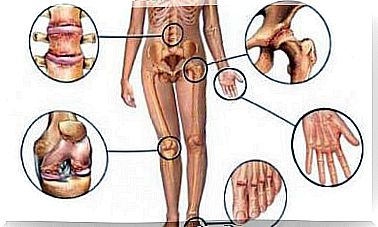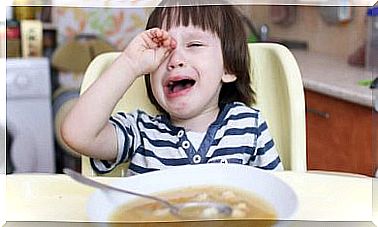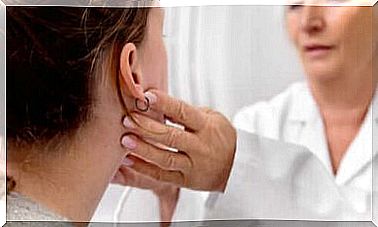How Does The Corona-PCR-Test Work?
PCR tests are used to reliably diagnose the Covid-19 disease. But how do these tests work? Find out more about it today.

Reliable tests to diagnose COVID-19 are essential to slow the spread of the current pandemic. Today we explain how tests based on a so-called polymerase chain reaction (PCR) work.
The World Health Organization (WHO) recommends PCR testing because it is very reliable and gives few false positive results. Today we explain how these tests work. Read on to find out more!
Sequencing the enemy
The pathogen SARS-CoV-2 from the family of SARS-associated coronaviruses consists of a single-stranded RNA with positive polarity. One can compare the DNA and RNA with fingerprints, which give reliable information about an organism.
The arrangement of the nucleotides provides information about the identity of the individual. Since the new coronavirus only has a single-stranded information chain, the presence of the RNA in the organism is clear: If it can be detected in a patient’s body, the patient is infected with the pathogen.
It was therefore extremely important to perform a full genomic analysis after identifying the causative virus. Genome sequencing was completed on January 11th and is available to everyone on the National Center for Biotechnology Information website.
The letter combination describes the arrangement of the nucleotides of the virus’s RNA chain. Each nucleotide contains a nitrogen base represented by a letter:
- Adenine (a)
- Guanine (g)
- Cytosine (c)
- In the case of RNA, uracil (u)
- In the case of DNA, thymine (t)
Then find out how you can diagnose the new SARZ-CoV-2 coronavirus using the PCR test.
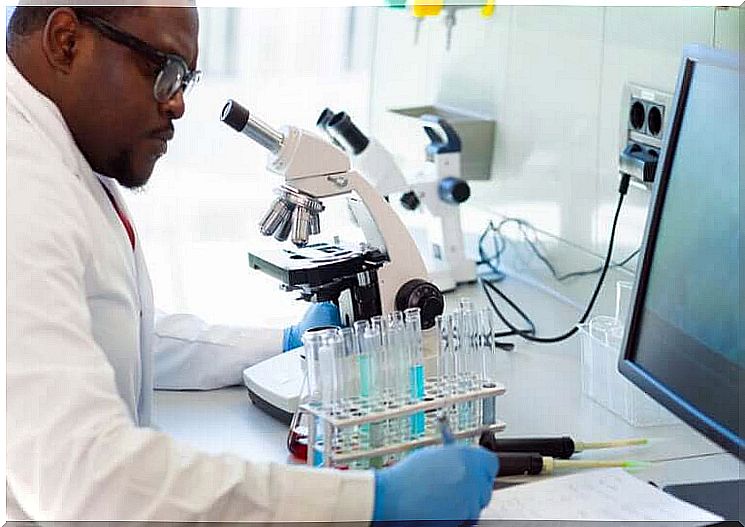
How the PCR test detects the pathogen
Complete genome analysis was a prerequisite for a reliable PCR test. This technology has been used since the 1980s and is based on a so-called polymerase chain reaction (PCR). This test involves copying and duplicating a selected piece of DNA to look for pieces of DNA.
But this is exactly where the pathogen shows its ruse: The coronavirus has no DNA, only RNA. This means that a sophisticated technique is required for an efficient test: the RT-PCR method.
The reverse transcriptase polymerase chain reaction (RT-PCR) is the combination of reverse transcriptase (RT) and the polymerase chain reaction (PCR) to detect RNA.
This process follows this pattern:
- Using a sample from a patient, the enzymatic reverse transcriptases “identify” the virus’s RNA.
- Using nucleotides, they form a single strand of DNA, which is then completed to form a double strand of DNA. The enzymatically active protein can be compared to a “worker”: With the RNA sequence of the virus and the available nucleotides, it builds a new chain, in this case a DNA double strand.
- Then the enzyme polymerase comes into play. Using the polymerase chain reaction (PCR), this enzyme uses the available nucleotides to produce thousands of copies of the converted DNA strand.
- This enlarged DNA can be analyzed using various techniques to find out whether it corresponds to the genotype of SARS-CoV-2 or not.
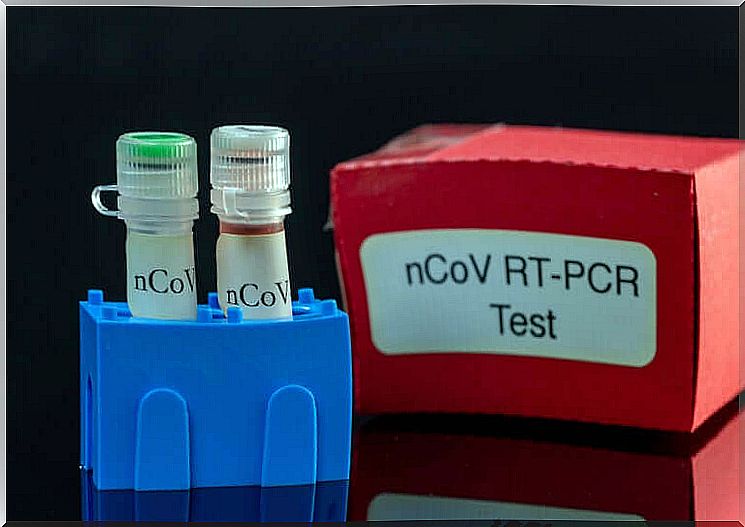
How does the PCR test identify the pathogen SARS-CoV-2?
After the DNA has been enlarged, there are various techniques for assigning the sequence to a virus or organism. One of the simplest methods is agarose gel electrophoresis. We use this example because it is easy to understand. But there are also much more complicated methods of identifying the pathogen.
The DNA fragments are electrically charged negatively. When an electric field is applied, these negatively charged fragments move in a vessel with gel in the direction of the positive pole. You could compare this to a racetrack: the lighter DNA fragments reach their destination earlier, the largest fall by the wayside.
This is the key to identification: the gel contains a dye that produces a characteristic band pattern sorted by length. An example: if mother and child had the same DNA fragments, then the agarose gel would have to show an identical pattern and thus confirm the genetic relationship between the two.
The methods for diagnosing SARS-CoV-2 are more complicated than this example, but you can now get a rough idea of how a PCR test works.




